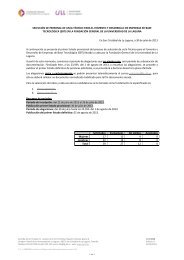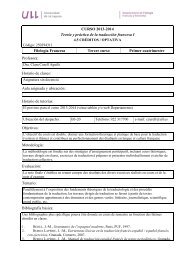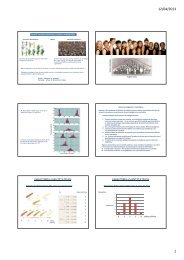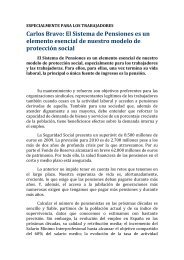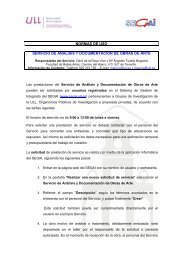20 CHAPTER 3 REVIEW OF CONJOINT ANALYSIS THEORY ...
20 CHAPTER 3 REVIEW OF CONJOINT ANALYSIS THEORY ...
20 CHAPTER 3 REVIEW OF CONJOINT ANALYSIS THEORY ...
You also want an ePaper? Increase the reach of your titles
YUMPU automatically turns print PDFs into web optimized ePapers that Google loves.
interviews is the difficulty for interviewers to hold the attention of respondents for more<br />
than 15 minutes.<br />
The advantages of mail surveys include their relatively low cost, ease of<br />
administration, and geographical flexibility. Pictures and diagrams can also be included<br />
in the questionnaire. The disadvantages of using mail surveys are their characteristically<br />
low response rates, and the need for follow-up surveys to increase response rates. Also,<br />
respondents may interpret some questions incorrectly and as a result, provide incorrect<br />
answers. For this study, a mail survey was used because the conjoint section of the study<br />
required respondents to rank different biotech labeling characteristics.<br />
Questionnaire<br />
A questionnaire was developed which was divided into six sections. They<br />
included a section on consumer awareness and perceptions of biotech foods, (2) questions<br />
on mandatory or voluntary labeling, (3) a conjoint experimental design on labeling<br />
formats, (4) questions on the purchasing of biotech foods, (5) questions regarding the<br />
consumer’s use of food labels, and (6) questions on consumer demographics. A copy of<br />
the questionnaire appears in appendix A.<br />
The first part of the questionnaire provided background information on<br />
biotechnology. It included a definition, the present and future uses (benefits), and<br />
examples of present applications of the technology. This was followed by 12 questions<br />
regarding the respondent’s general knowledge of, and their attitudes toward<br />
biotechnology. Following this introductory section, respondents were asked to choose<br />
between a mandatory labeling or a voluntary labeling policy for biotech foods. A second<br />
question asked respondents to choose the minimum percentage of genetically modified<br />
35






